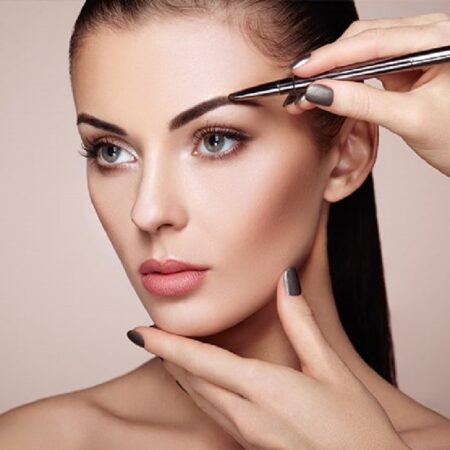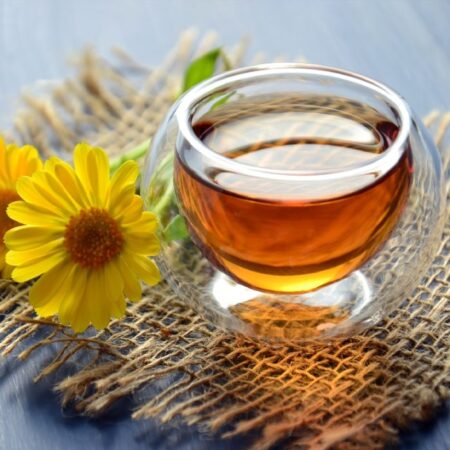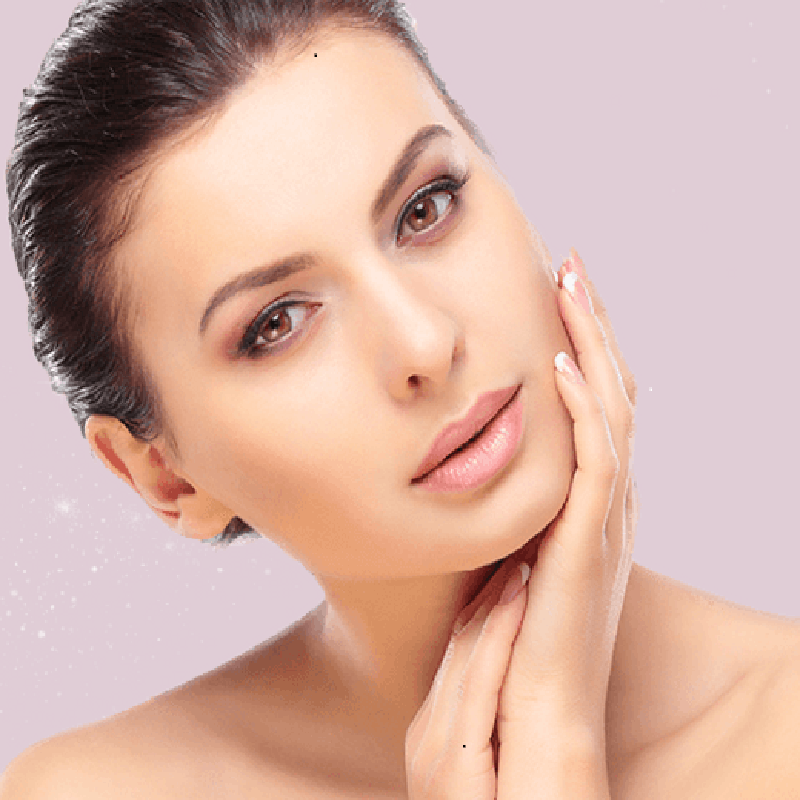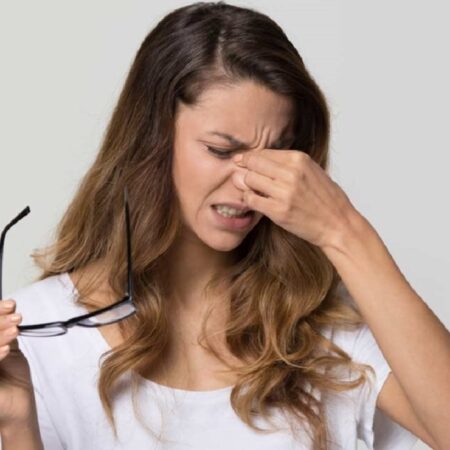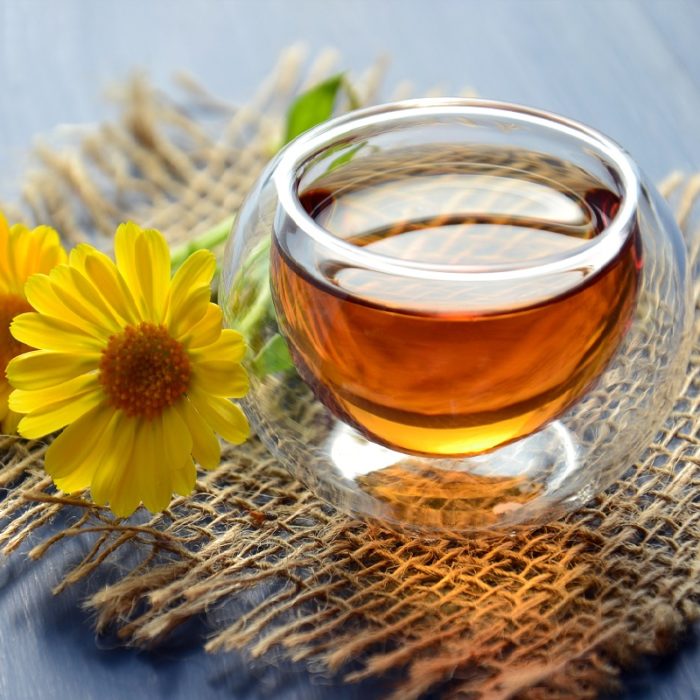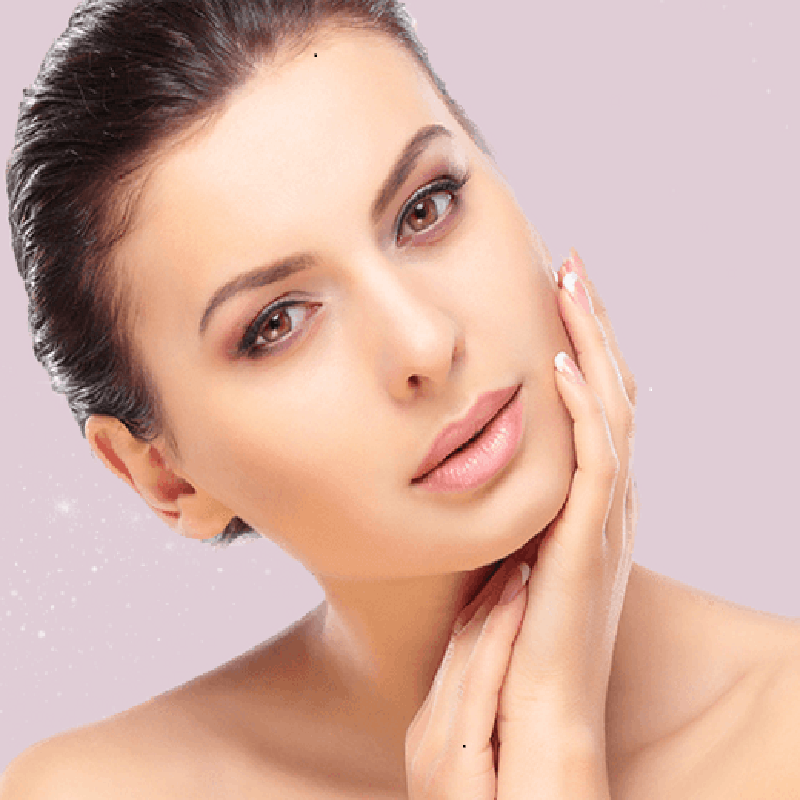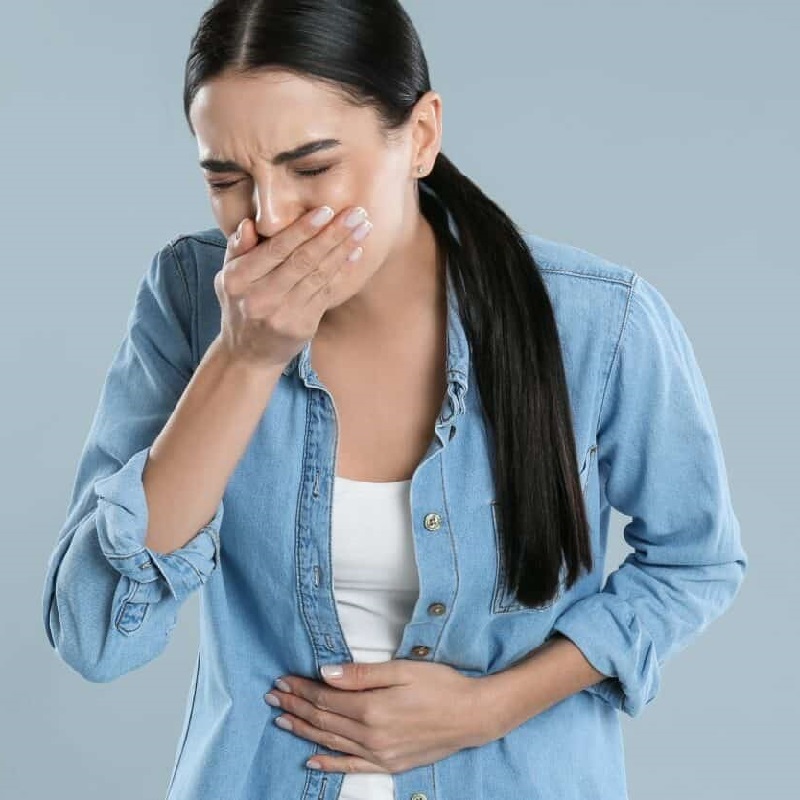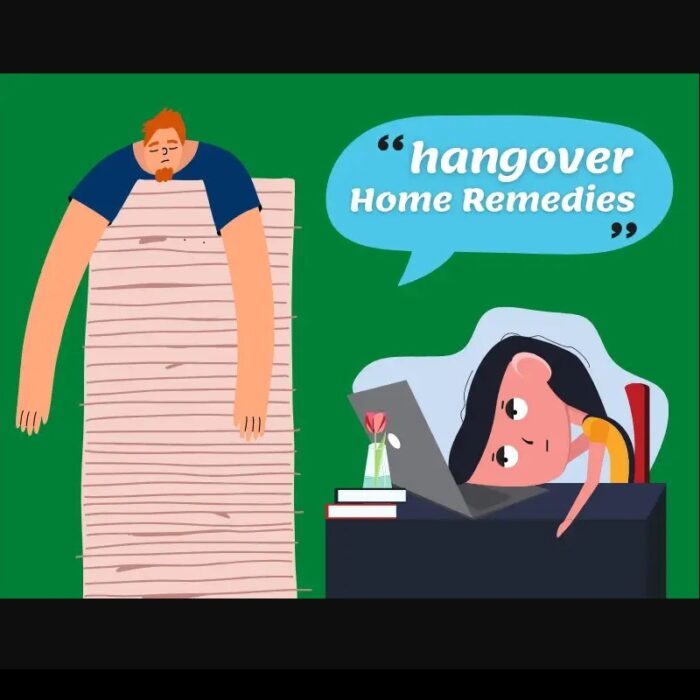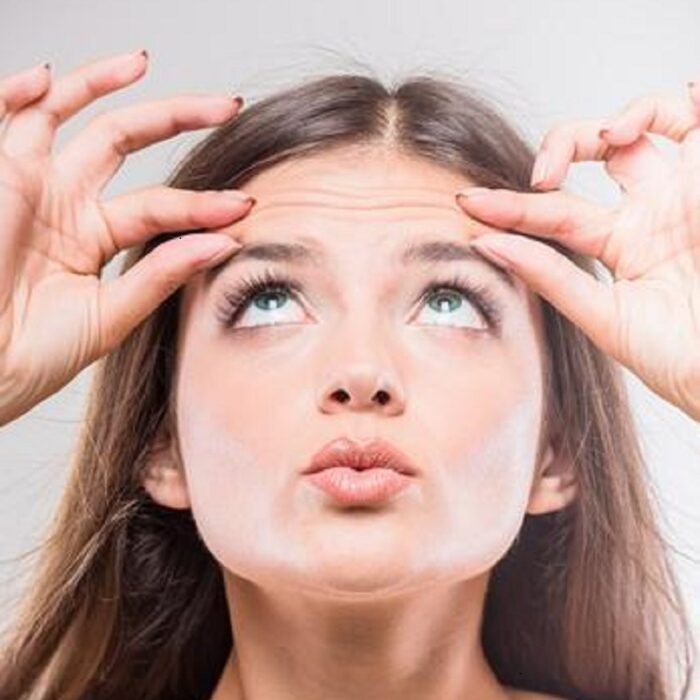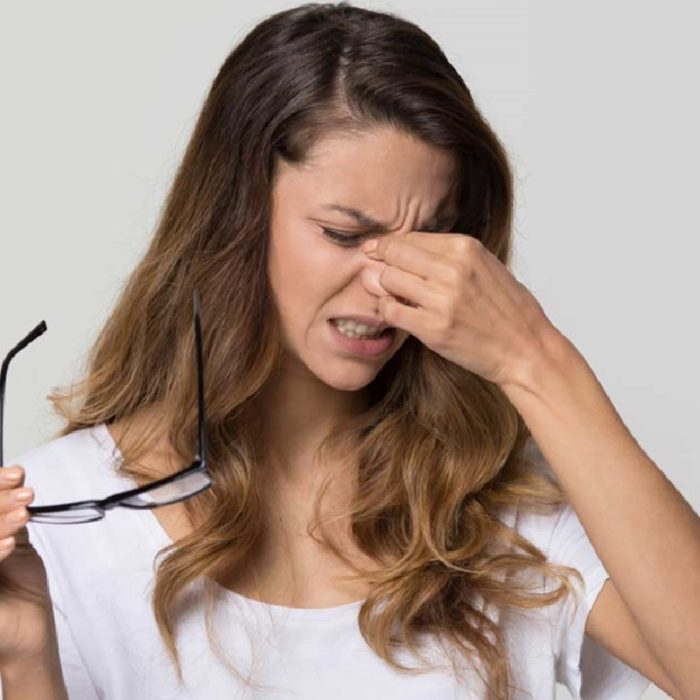Home Remedies To Get Rid Of Red Spots On The Skin
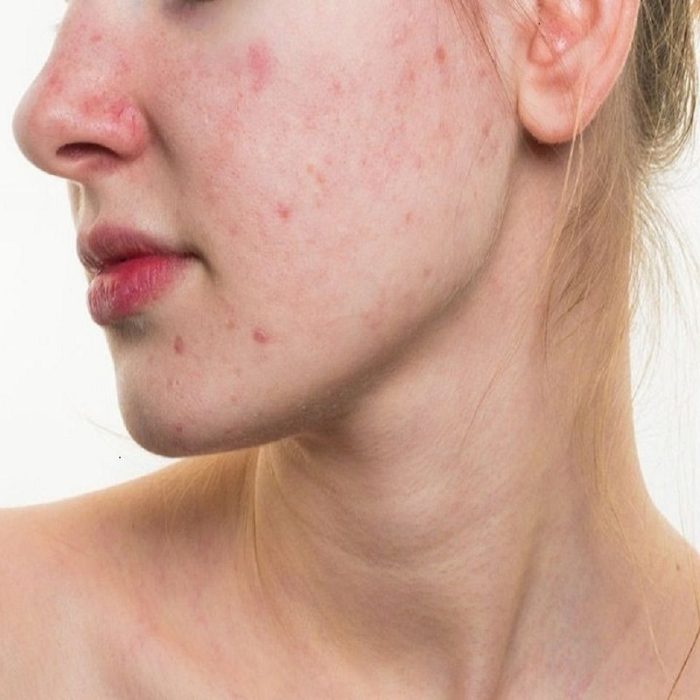
Skin conditions like acne and rosacea may cause red spots or red skin, as can skin rash or sunburn. Red spots are usually itchy, painful, swollen, fluid-filled, or just simply spots and scars that do not hurt, change form, nor have any other accompanying trait. These small red spots on the skin can commonly occur due to:
- Acne and pimples
- Birthmarks
- Rosacea
- Blood spots/petechiae
- Hives and rashes
- Insect bites
- Measles
- Allergies and/or chemical reactions
Since the causes are many, proper identification of the exact cause is vital to determine the right course of treatment for curing this problem. Also, one should always consult a doctor in situations of prolonged and worsened red spots. For mild cases, you can use any of the natural remedies listed below.
Natural Ways To Treat Red Spots On Skin
1. Lemon Juice
Lemon extracts are used in various skin lightening products due to their skin bleaching properties (1). Lemon juice is rich in vitamin C, which has anti-pigmentary, antioxidant, and anti-aging effects on the skin (2). This can help in reducing the appearance of the red spots on the skin
You Will Need
- 1-2 tablespoons lemon juice
- Cotton pad/ball
What You Have To Do
- Squeeze out some fresh lemon juice and apply it to the affected area using the cotton pad.
- Leave it on for about five minutes and then rinse with water.
- Pat dry and moisturize.
How Often You Should Do This
Repeat this twice every day.
Caution: If you have sensitive skin, dilute the lemon juice with an equal amount of water before applying it. Also, make sure you apply sunscreen after using this remedy as lemon juice can make your skin photosensitive.
2. Apple Cider Vinegar
The mild acids present in apple cider vinegar tone the skin and restore the pH balance (3). ACV also has antibacterial properties that can help inhibit the bacteria causing the red spots (4). These properties can promote healing of the irritated and inflamed spots.
You Will Need
- 1/2 teaspoon apple cider vinegar
- 2 tablespoons water
- Cotton ball
What You Have To Do
- Dilute the vinegar in water and apply it all over the affected area.
- Let it dry naturally and then rinse with regular water.
- Pat the skin dry and apply moisturizer.
How Often You Should Do This
Do this twice a day.
3. Aloe Vera
The healing and soothing properties of aloe vera gel are often used to treat skin irritation and ailments (5). The essential nutrients, along with antioxidants and healing compounds, can reduce the red spots and make your skin healthy and glowing.
You Will Need
An aloe vera leaf
What You Have To Do
- Slice the aloe leaf in half and scoop out the gel.
- Apply the gel on the red spots and massage for a minute or two.
- Leave it on for 20-30 minutes and then rinse with water.
- Store the remaining gel in an airtight container.
How Often You Should Do This
Apply aloe vera gel twice a day.
4. Coconut Oil
Coconut oil offers anti-inflammatory and skin protective benefits (6). It not only soothes and nourishes the skin but also protects it from UV radiation and bacterial infections (7).
You Will Need
Virgin coconut oil
What You Have To Do
- Clean your skin with gentle soap and water.
- Pat dry and massage with a few drops of coconut oil.
- Keep the oil on overnight.
How Often You Should Do This
Do this every night before going to bed.
Caution: Avoid this remedy if you have acne-prone skin.
5. Cocoa Butter
The phytochemicals found in cocoa butter lighten the red spots and alleviate the associated inflammation. This butter also contains antioxidants that help to reverse the damage caused by free radicals. Cocoa butter is also extremely moisturizing for the skin (8).
You Will Need
Organic cocoa butter
What You Have To Do
- Massage the affected area gently with a small amount of cocoa butter.
- Leave this on overnight.
- Rinse your face in the morning.
How Often You Should Do This
Repeat this every night.
Caution: If you have oily skin, test the cocoa butter out on a small area first. As it is high in fat content, it might cause acne. Hence, a patch test is recommended before using it to remove red spots on the skin.
6. Dandelion Root
Dandelion root extracts can protect the skin from UVB radiation and prevent premature aging (9). It also exhibits anti-inflammatory properties (10). These properties can help reduce the red spots on the skin, especially those caused by acne and eczema.
You Will Need
- 1 teaspoon dandelion root powder
- A cup of hot water
What You Have To Do
- Brew fresh dandelion root tea by steeping the herb in hot water for a few minutes.
- Strain and drink the tea while it is warm.
How Often You Should Do This
Have 1-2 cups of dandelion root tea for a couple of days.
The remedies listed above serve as excellent toners, astringents, emollients, and detoxifying agents. They have shown to be helpful in lightening and fading red spots and soothing the skin to make it healthy. Use them regularly, and you will see the difference. Apart from these remedies, it is important you follow a proper skincare routine along with a healthy diet. Some essential tips are mentioned below.
Tips For Red Spots On Skin
1. Use Good Cosmetics And Personal Hygiene Products
Excessive and prolonged use of artificial cosmetics and chemical-based personal hygiene products, like lipsticks, powders, soaps, lotions, etc., especially the ones of inferior quality, can be harmful to the skin.
They can contain corrosive and unhealthy ingredients. Use nutrient- and natural extract rich cosmetics instead of their chemically packed counterparts to avoid ill effects like rashes, allergies, acne, red spots, etc. Don’t forget to check the expiry date of these products before applying to avoid harmful chemical reactions on the skin.
2. Exfoliation
Regular and proper exfoliation of the affected area can aid the discoloration and fade away from red spots. It helps to get rid of dirt, unwanted oil, and dead and dry skin cells build-up on the epidermis that hinders the lightening of these red spots. Exfoliation helps in bringing new and healthy skin to the surface, thereby making your skin spotless and flawless.
Exfoliating and scrubbing can be done with natural and organic products, pumice stone, washcloth, and scrubs. They remove the unwanted cells from the surface of the skin and make it look fresh and revitalized.
3. Avoiding Sun Exposure
Red spots on the skin can deepen and aggravate due to exposure to the harmful rays of the sun. They can damage the skin cells, promote excess melanin synthesis in the affected region, cause skin burns, etc. This damage to the skin decelerates the process of fading and lightening of the red spots. Hence, it is best to protect oneself from these harmful UV rays and use sunscreens and skincare products containing SPF.
4. Proper And Healthy Diet
Maintaining a healthy and balanced diet is a prerequisite for having clear, spotless, and healthy skin. An unhealthy diet can cause allergies, digestive problems, acne, pimples, dryness of skin, etc., which can further initiate the appearance of undesirable red spots on the face and body. To avoid this, one should follow a diet rich in proteins, vitamins, minerals, and other nutrients, which can help the body combat diseases by boosting the immunity levels.
5. Consult A Dermatologist
Besides following a good skincare routine and using these remedies, opt for professional skin treatments like AHA or BHA chemical peel performed by a dermatologist. This can help you get rid of the red spots quickly.
Apart from the general causes, some people have red marks on their skin by birth, for example, birthmarks. These are a result of genetic factors. In such cases, it is very difficult to fade or lighten these red spots naturally. Cosmetic procedures are the only way to remove these spots.
The use of medicines, ointments, skin creams like calamine, laser treatments, surgical options, and other medical and clinical alternatives are helpful in treating, lightening, and removing these unwanted red spots from the body.
If you have red spots on your skin, use the natural remedies listed in this article to get rid of them with ease in the comfort of your home. But if the spots stay longer than the normal duration, consult a healthcare provider immediately.
References
The Hunt for Natural Skin Whitening Agents, International Journal of Molecular Sciences, US National Library of Medicine, National Institutes of Health
https://www.ncbi.nlm.nih.gov/pmc/articles/PMC2801997/
Topical Vitamin C and the Skin: Mechanisms of Action and Clinical Applications, The Journal of Clinical and Aesthetic Dermatology, US National Library of Medicine National Institutes of Health.
https://www.ncbi.nlm.nih.gov/pmc/articles/PMC5605218/
Application of Topical Acids Improves Atopic Dermatitis in Murine Model by Enhancement of Skin Barrier Functions Regardless of the Origin of Acids” Annals of dermatology, US National Library of Medicine, National Institutes of Health.
https://www.ncbi.nlm.nih.gov/pmc/articles/PMC5125949/
Authenticating apple cider vinegar’s home remedy claims: antibacterial, antifungal, antiviral properties and cytotoxicity aspect. Natural Product Research, US National Library of Medicine, National Institutes of Health.
https://www.ncbi.nlm.nih.gov/pubmed/29224370
ALOE VERA: A SHORT REVIEW, Indian Journal of Dermatology, US National Library of Medicine, National Institutes of Health.
https://www.ncbi.nlm.nih.gov/pmc/articles/PMC2763764/
In vitro anti-inflammatory and skin protective properties of Virgin coconut oil. Journal of Traditional and Complementary Medicine, US National Library of Medicine, National Institutes of Health.
https://www.ncbi.nlm.nih.gov/pubmed/30671361
Anti-Inflammatory and Skin Barrier Repair Effects of Topical Application of Some Plant Oils, International Journal of Molecular Sciences, US National Library of Medicine, National Institutes of Health.
https://www.ncbi.nlm.nih.gov/pmc/articles/PMC5796020/
Cocoa Bioactive Compounds: Significance and Potential for the Maintenance of Skin Health, Nutrients, US National Library of Medicine, National Institutes of Health.
https://www.ncbi.nlm.nih.gov/pmc/articles/PMC4145303/
Dandelion Extracts Protect Human Skin Fibroblasts from UVB Damage and Cellular Senescence, Oxidative Medicine and Cellular Longevity, US National Library of Medicine, National Institutes of Health.
https://www.ncbi.nlm.nih.gov/pmc/articles/PMC4630464/
Taraxacum–a review on its phytochemical and pharmacological profile. Journal of Ethnopharmacology, US National Library of Medicine, National Institutes of Health.
https://www.ncbi.nlm.nih.gov/pubmed/16950583/








